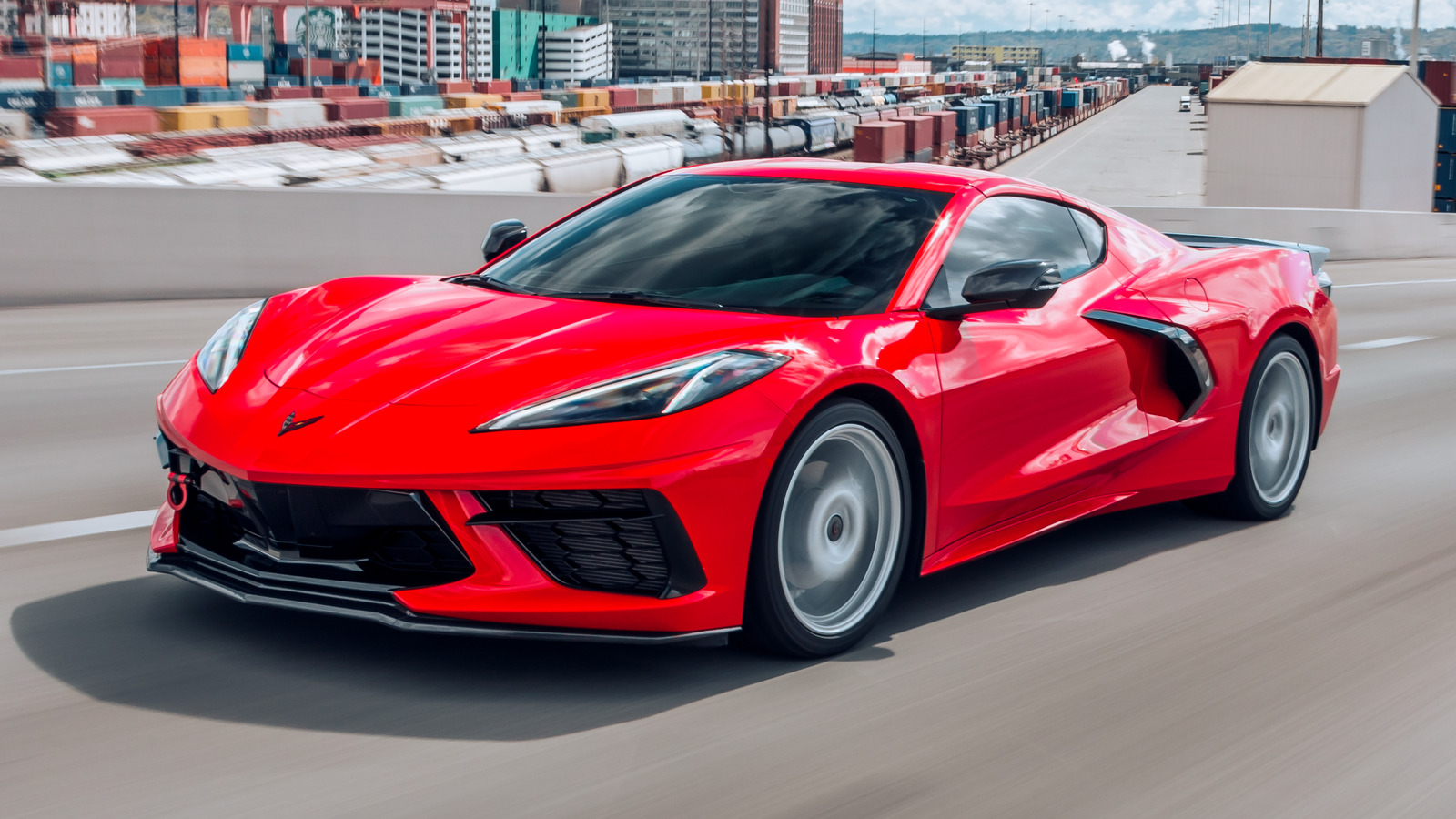
It’s best known as the top-spec variant of the tri-five Chevy, produced from 1955 to 1957, but the Bel Air name has a lot more history besides those famous model years. It was first used in 1950 to designate the brand’s two-door hardtop models. In 1953, the Bel-Air was then used to refer to various styles in top-spec trim before a 1955 overhaul brought new powertrain options, technology, and futuristic styling, each of which was further improved over the following model years. The second generation Bel Air was produced through 1957 before being replaced in 1958 by the third generation as Chevy consistently tinkered with the Bel-Air nameplate.
The fourth generation launched just one year later in 1959, but this time around, GM designers give the Bel Air a drastic styling overhaul and a new frame. Like its predecessors, this generation was also short-lived, as the fifth generation launched in 1961 with further major revisions. Chevy would continue the cycle of frequently upgrading the model throughout the ’60s, offering larger, more powerful engines and an increasing array of cutting-edge features.
By 1971, however, the Bel Air had become overshadowed by other cars in the brand’s lineup. The last generation that was sold in the U.S. was mostly relegated to being a fleet car. While the Bel-Air was ultimately axed in the U.S. in 1975, production continued in Canada until 1980. By that time, the car was a shadow of its former self, but its earlier glory days ensured its place among the brand’s most successful nameplates.

